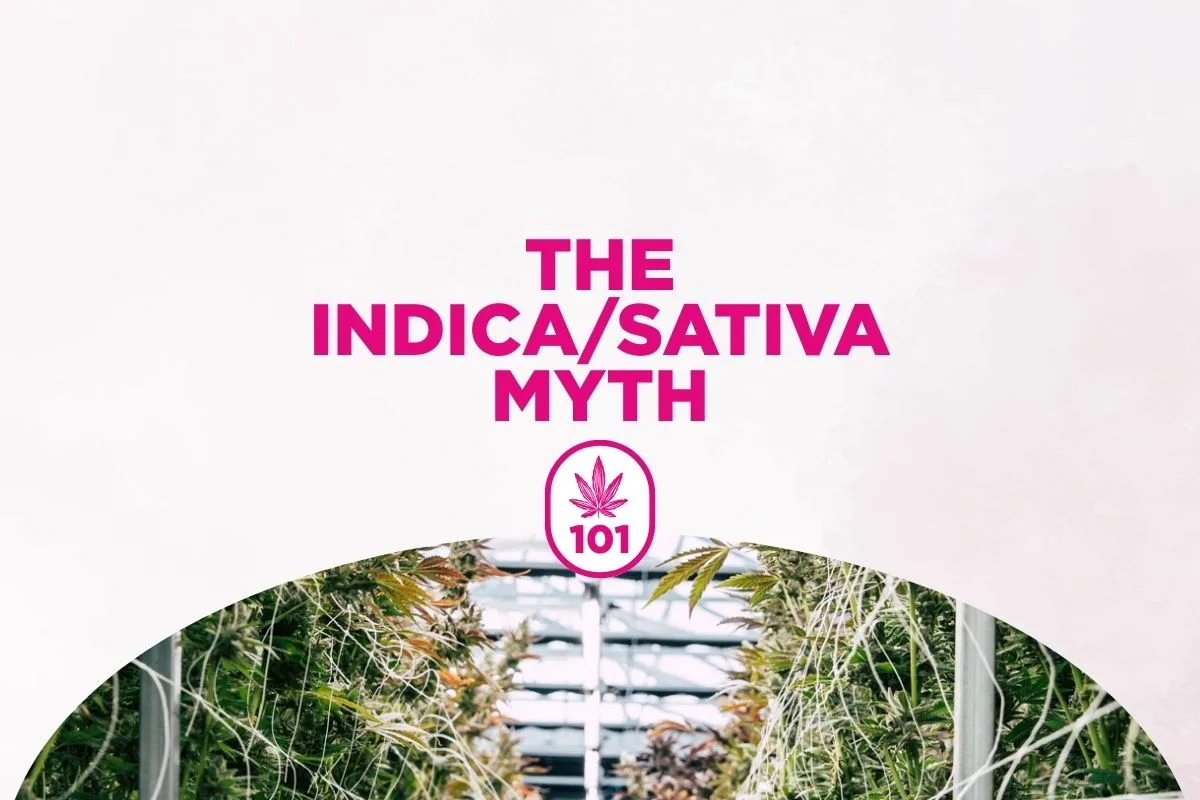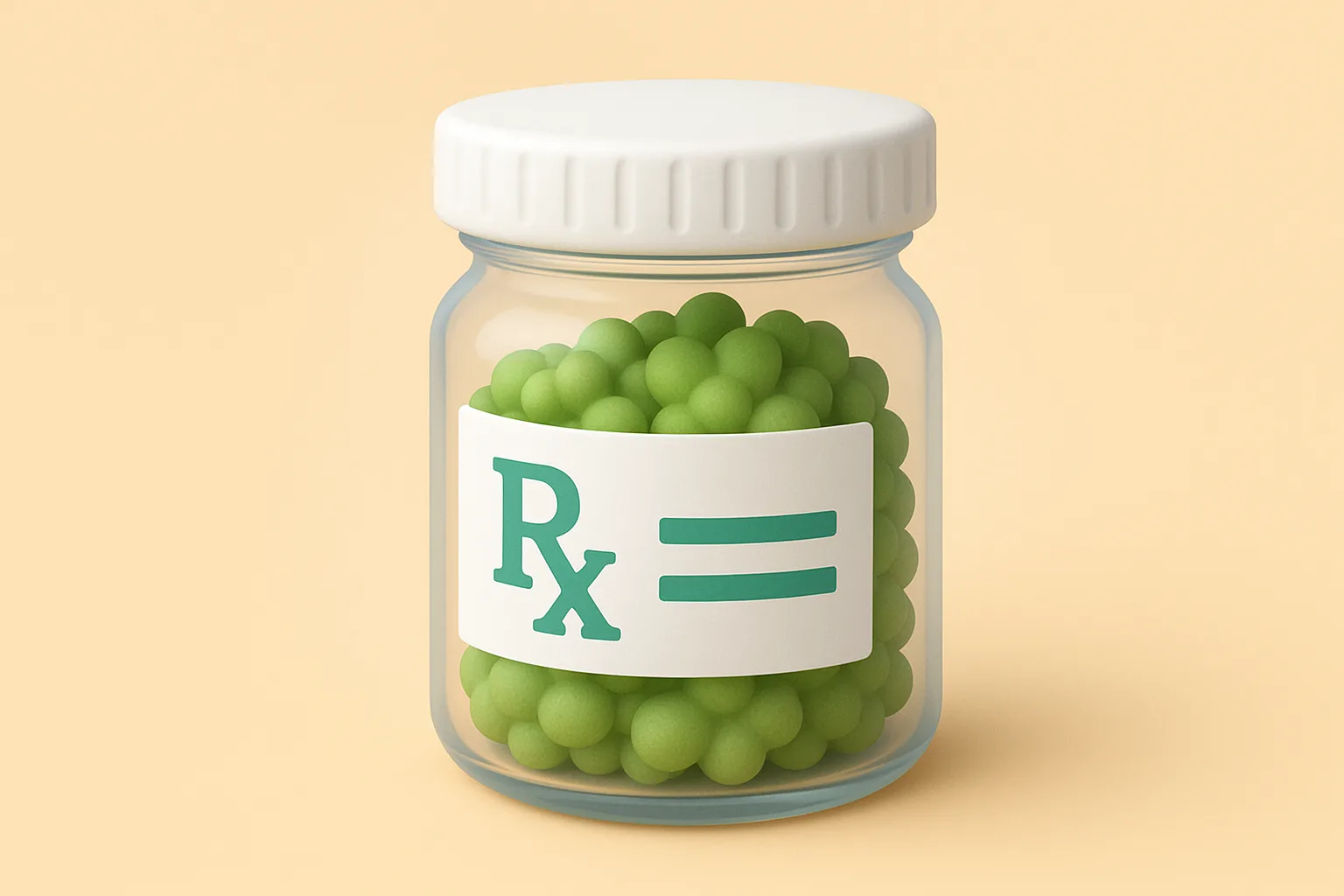

Taken from an online Medical Dictionary: Pain (an unpleasant sense of discomfort) that persists or progresses over a long period. In contrast to acute pain that arises suddenly in response to a specific injury and is usually treatable, chronic pain persists over time and is often resistant to medical treatments.
Chronic pain is a discomfort that gradually increases over a period of time and eventually becomes a consistent pain and is often unaffected by medical treatments. Acute pain is just the opposite. It occurs because of an accident or injury and is treatable. There are different causes for chronic pain: back injury, arthritis, carpal tunnel syndrome, fibromyalgia, osteoporosis, scoliosis and multiple sclerosis are just a few of the conditions that can lead to chronic pain.
Unfortunately, until recently, the United States government has had outdated views on marijuana. Classed a Schedule I drug, it has been illegal and considered a dangerous drug with no medical value. However, views are slowly beginning to change. Medical Marijuana is beneficial in the treatment of chronic pain. In addition to its analgesic effects, cannabis has anti-inflammatory properties as well. It can work very well as an adjunct to other medications. Although opioid medications are effective in treating the pain in the beginning, over time, a tolerance can develop causing the patient to take more and more. Research has shown that except for the potential damage to the lungs, cannabis is safer than many of the legal drugs used for pain. There is no known case of legal overdose with cannabis. Not only can marijuana effectively treat pain, it can also treat the nausea associated with opioid medications. Unlike Marinol (synthetic THC), inhaled marijuana offers immediate relief because it is absorbed right into the bloodstream. It also contains quite a few other cannabinoids like CBC and CBD. Marinol is synthetic THC only. Marinol is just not as effective as medical marijuana.
Chronic pain has reached epidemic proportions in this country. Chronic pain is often defined as pain that lasts three months or longer. Although it is more common in older adults, anyone can experience it. Approximately 50 million people suffer from chronic pain, and another 25 million suffer from acute pain caused by surgery and accidents.
One of the main problems with chronic pain is that it is usually under treated. According to the National Chronic Pain Outreach Association, seven million people are unable to relieve their pain without taking opioids. Many doctors, for many different reasons, will not prescribe an adequate dosage to combat their patient’s pain. Tragically, living with intractable pain can lead to depression. Depression can lead to suicide.
Severe chronic pain is usually treated with opioid narcotics and various synthetic analgesics, but these drugs have many limitations.
Opioids are addictive and tolerance develops. The most commonly used synthetic analgesics – aspirin, acetaminophen (Tylenol), and nonsteroidal anti-inflammatory drugs (NSAIDs) like ibuprofen -are not addictive but they are often insufficiently powerful. Furthermore, they have serious toxic side effects including gastric bleeding or ulcer and in the end a risk of liver or kidney disease. Stomach bleeding and ulcers induced by aspirin and other NSAIDs is the most common serious adverse drug reactions reported in the United States. These drugs may be responsible for as many as 76,000 hospitalizations and more than 7,600 deaths annually.
Acetaminophen is increasingly prescribed instead because it largely spares the digestive tract, but it can cause liver damage or kidney failure when used regularly for long periods. Medical researchers have estimated that patients who take one to three acetaminophen tablets a day for a year or more account for about 8% to 10% of all cases of end-stage renal disease, a condition that is fatal without dialysis or a kidney transplant.
Given the limitations of opioids and non-addictive synthetic analgesics, one might have expected pain specialists to take a second look at cannabis, but the medical literature again suggests little recent reconsideration. Medical Cannabis may be especially useful for the kinds of chronic pain that people who survive catastrophic traumatic accidents have to live with the rest of their lives.
Take side effects, for instance. Most prescription drugs come with a multi-page rider of possible bad things that might happen with regular use – liver damage is synonymous with long-term use. Baked goods, butters, oils, suppositories, tinctures and salves are all ways to get the medication into your system easily. The number one benefit of marijuana: it is natural. It is not processed, refined, or chemically enhanced. It does not contain an endless list of unpronounceable ingredients. It is naturally pure.
Many patients are unaware that there is a safer and more effective way to treat chronic pain. Cannabis (marijuana) contains medical compounds called cannabinoids. Scientists have identified cannabis receptors in the human body that are located in the central nervous system (brain and spinal cord) and the peripheral nervous system as well (the nerves that innervate muscles and organs). This means that when inhaled they bind to the nerves that regulate pain throughout the body and “block” or dampen the body’s response to pain. The amazing thing about these cannabinoids is that they have a safety profile that is unprecedented in medicine. There has never been a documented overdose from cannabis. In addition, the potential for addiction is very small. Most patients who have trouble controlling their use have other drug addictions. Cannabis almost immediately relieves pain and eliminates the nausea that many patients experience. Many elderly patients have a difficult time healing because they are not getting the necessary nutrition that they need. Patients can medicate throughout the day without the fear of taking opiates. One of the other side effects is that cannabis will stimulate a patient’s appetite. This is a positive effect for the elderly.

Greta Brandt of The Flower Shop Joins Shangri-La as Executive Vice President Brandt brings her successful track record as a corporate lawyer and cannabis executive to guide Shangri-La’s rapid national expansion. Columbia, MO—September 18, 2025—Shangri-La Dispensaries today announced that prominent cannabis leader Greta Brandt has joined the company as Executive Vice President of Operations for […]

You’re standing in the dispensary, looking at a jar of flower. The cannabis label reads “Total THC 26.4%, Myrcene-dominant, Harvested 03/2025.” You nod as if you know what it means, but secretly, you’re wondering, “What exactly am I getting into?” If that sounds like an all-too-familiar experience, you’re not alone. Learning how to read a […]
Shangri-La Proudly Serves: Connecticut, Illinois, Kentucky, Missouri and Ohio.